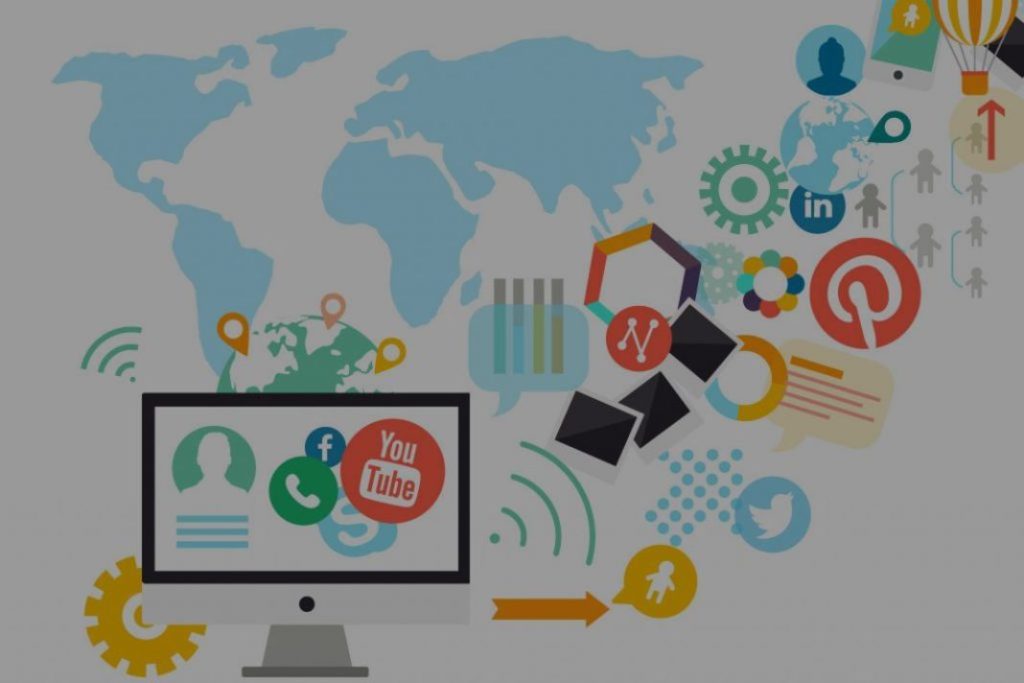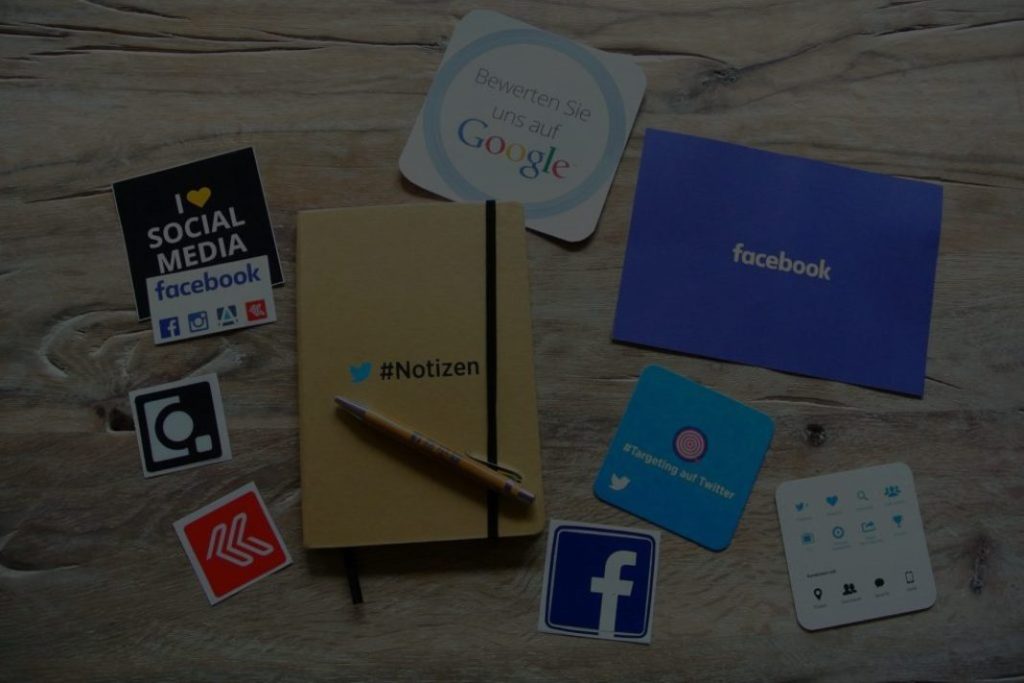How to Assimilate Competitive Benchmarking in Social Media
This article provides an overview of how to use assimilate competitive benchmarking to measure social media performance.

B2B marketing these days is becoming increasingly data-driven. In the words of Patrick Salyer, Partner at Mayfield & previous CEO at Gigya:
“Marketers who want to stand the test of time must start harnessing data to drive real-time marketing strategies and influential consumer connections.”
Competitive benchmarking helps marketers delve into the vital KPIs of their competitors which eventually improves their data-driven decision making significantly. This helps them achieve their business objectives & optimize their Return on Investment (ROI).
Social media campaigns have become an integral part of B2B business processes & the concept of competitive benchmarking has become an essentially feasible component of social media endeavors; primarily because of the following reasons:
- Competitive benchmarking is business oriented & is essential for social media as social media platforms drive continuous engagement, which is different from working on individual projects.
- Social media is a source of referral traffic which can be derived by omnichannel marketing
- Social media provides new & effective ways for social interactions hence competitively benchmarking social endeavors which not only helps the brands in deciding which are best-suited strategies for their social media content but also helps in setting up benchmarks for the industry, in the long run.
- Figure out the loopholes in the social media strategies
- Analyze how competitors achieve higher-performance levels
- Learn from the best practices by focusing on the key takeaways from the organizations operating within the same niche
Getting Started With Competitive Benchmarking:
Measure Yourself Against The Best But Don’t Emulate Them Blindly Competitive benchmarking is a continuous process & as dynamic B2B personas keep on evolving, so do the best practices in benchmarking. It helps in understanding the market & the languages with which the prospects are resonating with. This helps to better communicate with prospects & engage them with several social media marketing endeavors & eventually helps the marketers in optimize their sales revenue (by expediting the individual buying journeys of the prospects). Competitive benchmarking can be divided into the following steps:- Collection of data from competitors
- Analysis of data
- Implementation of data for trend mapping & generating insights through various primary & secondary research methodologies
- Monitoring the social channels of competitors to figure out which metrics stand-out for them & have helped them in achieving or optimizing their immediate or long-term business objectives
- Planning social media strategies after deriving insights from the best industrial practices & amalgamating it with the best practices of competitors & comparing it with baseline i.e. qualitative & quantitative measurement of an in-situ trend for a B2B brand at a particular point in time. Thus, benchmark vs. baseline studies constitute an integral part of competitively benchmarking
Things to Avoid while Competitive Benchmarking:
1). Consider the full competitive array & avoid a “competitive myopic” vision. Successful marketers may have revolutionized customer acquisition; however, that essentially doesn’t mean that a competitive array is just confined to the most successful brands. Overlooking fresh perspectives is a strategic miscalculation termed competitive myopia. When it comes to social media benchmarking, small clues can give the biggest hints to stand out in the marketplace by acquiring a higher chunk of traffic, driving greater engagement & by optimizing conversions. 2). Don’t just consider emulating competitors but also consider how the best trends from outside the industry can be incorporated into your own social media strategies to renovate them. Also, focus more on trend mapping by mixing vital KPIs derived across marketers; rather than just copying them. 3). Once a trend has been discovered, incorporated & has helped in optimizing social endeavors, don’t be complacent. Moral of the story – No matter how much you have grown keep on studying & monitoring the competitors’ social strategies. Steps to Implement Competitive Benchmarking in Social Benchmarking To start with, the qualitative aspects of social media platforms can be taken into account to get started with competitive benchmarking & eventually the qualitative aspects can be intertwined. Both qualitative & quantitative aspects of social metrics must be taken into account while benchmarking the competitors on social media. The conversions across the different social platforms as well as the unquantifiable aspects such as tone of communication across the social media platforms, driving conversions can be used for competitively benchmarking the social media platforms. Starting broadly with marketing & then delving deeper into the exclusive digital media strategies & then exclusive strategies for each of the different social media platforms can prove to be an impactful strategy for impactful competitive benchmarking. The following steps can be used to design and execute a successful competitive benchmarking technique: 1). Define Your Social KPIs & Align Them With The Vital Business Objectives Of An Organization At Large: Before competitively benchmarking, specific social strategies & campaigns against those of the competitors, the marketers should have devised a method to define their social endeavors in terms of social KPIs which can, in turn, be aligned with the business objectives of an organization at large. Without pre-defined social KPIs, it is impossible to compare specific social strategies with those of your peers. 2).Contribute To Creating Industry Benchmarking: Along with competitive benchmarking, it is also imperative for marketers to contribute to industry-specific benchmarks. By sharing a specific set of data from one particular B2B marketer with those of the peers, in a confidential manner & in real-time, specific industrial benchmarks are created. Industrial benchmarks may be used to set standards in the industry at a specific point in time. Deviations from the statistical trends help the marketing researchers to figure out the trends that add value to social campaigns across a particular niche (in order to optimize them) as well as help them in omitting the deteriorative ones. 3). Measure Insights from Omnichannel in Real-Time: Measuring prospects intent data from omnichannel (including third-party data & the web analytics data, derived from a business’s website) & integrating it with specific perennial & seasonal trends across social platforms in real-time, not only helps in developing resilient & relevant social media strategies but also helps in benchmarking the competition. 4). Improving Social Media Strategies: Improving social media strategies, in turn, involves analysis & measurement of the social media campaign. Add strategies, as essential pre-requisites, which are then followed by a thorough understanding, monitoring & analysis of competitors business. Improvement strategies also include assimilating best trends from non-competitors, which can aid in the optimization of the Social KPIs. SWOT, PESTLE & other models for strategic analysis contribute to impactful competitive benchmarking & eventually contribute to the optimization of social campaigns. 5). Keep on Repeating: Benchmarking is a continuous process & irrespective of the number of insights derived from it & integrated into the business strategy of a particular brand to improve it; it should always continue. The cyclic process of benchmarking comprises of the following steps, which must be ongoing:- Collection of data
- Analysis of data
- Implementation
- Monitoring
- Planning



